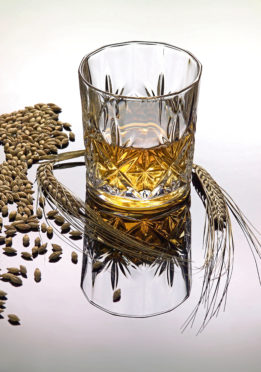A whisky scientist is to lead the £30 million International Barley Hub (IBH) at Invergowrie, which got a green light this year after securing funding from the Tay Cities Deal.
Professor James Brosnan has been appointed interim chairman of the IBH and George Lawrie, an experienced committee member and former farmer from Kinross-shire, is stepping into the vice-chairman’s role to take the project forward.
Prof Brosnan said the hub was an opportunity for the barley supply chain to work together to ensure a long term, resilient supply of a product that is pivotal for the whisky industry.
The director of research at the Scotch Whisky Research Institute, as well as other industry appointments, said: “It will not only support key domestic industries and address challenging aspects of climate change mitigation but also help establish the next generation of UK cereal scientists.
“As a whisky scientist I know that without barley there is no Scotch whisky,”
Mr Lawrie added: “With barley accounting for the largest area grown in Scotland, the IBH is a major investment into a crop that is so important to the Scottish economy. This give us the chance to carry out new important research that will help growers as well as end users to achieve a more reliable product along with opening up new markets for barley.
“It also gives us the chance to look at emerging markets and see if we can help with more reliable traits that would allow them to achieve better yields in difficult growing conditions.”
The initiative is supported by the James Hutton Institute, Dundee University, Scotland’s Rural College (SRUC), Abertay University and others.
nnicolson@thecourier.co.uk










